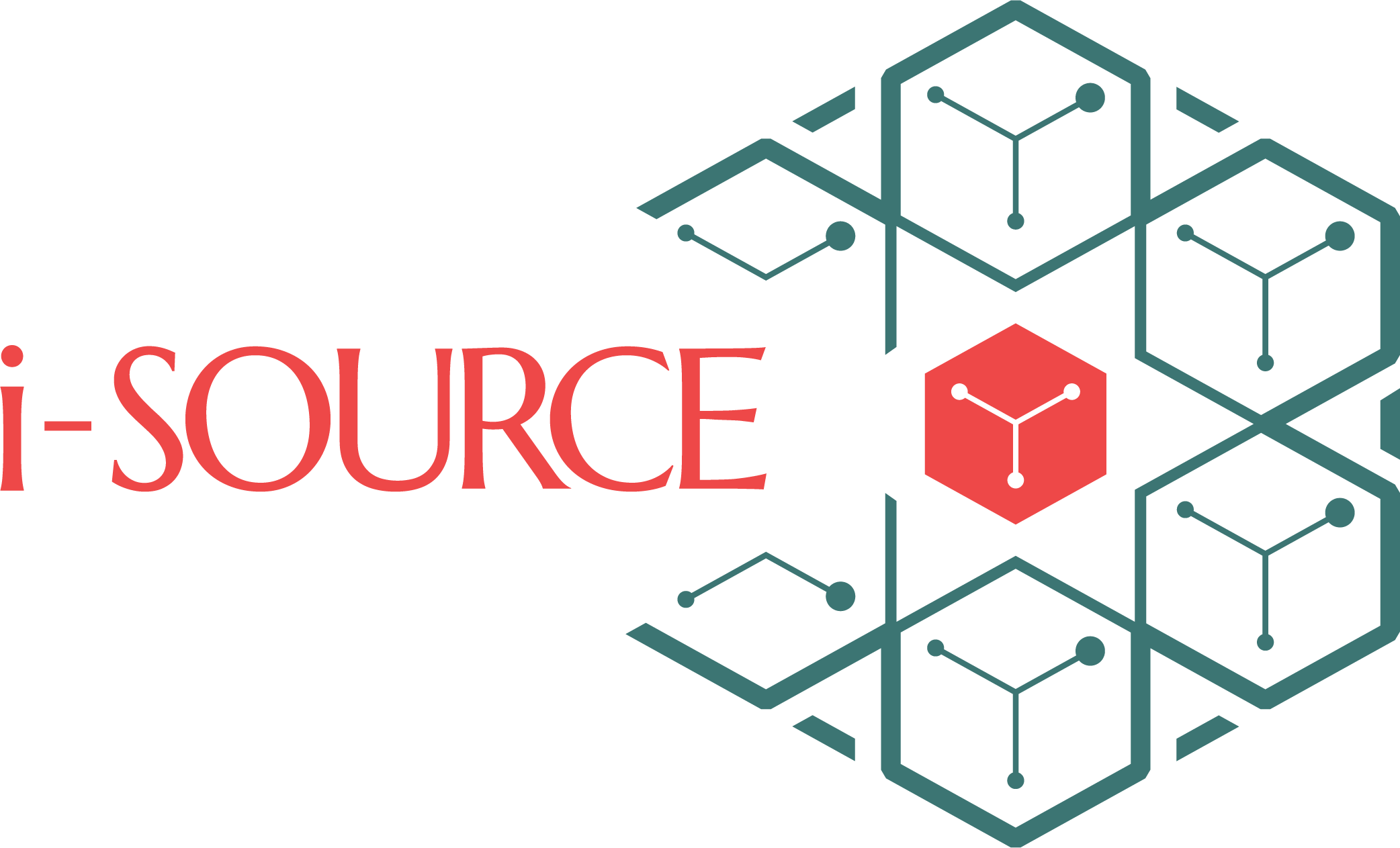Environmentally responsible digital transformation
Sustainable IT – environmentally responsible digital transformation
Background
An enterprise’s carbon (and overall environmental) footprint is a sum of various factors – staff travel, power consumption, technology infrastructure, building materials, and waste – electronic, organic, other – among several others. Among these, IT has contributed a substantial part; while power consumption is the main portion, if the entire value chain of the IT infrastructure is considered, then it also includes, from processing and mining of the materials needed, to its disposal.
The environmental impact of enterprise IT infrastructure is a growing area of concern. Over the last few years, paradigms such as digitization or digital transformation have defined how IT is increasingly driving business, how enterprises need to be digitally innovative to get a competitive edge. This has meant introduction of new methods of computing – mobile apps, cloud, AI, big data, analytics, computer vision, etc. which are more power hungry than in the past.
The negative side of enterprise IT
Enterprise IT contributes significantly to the world’s environmental footprint. Consider these statistics – in 2019, over 53 million tons of e-waste were generated globally, which was an increase of more than 20% in five years. A vast majority of organizations recycle less than 10% of their IT hardware. The number of connected devices is expected to reach 55.7 billion by 2025, of which most will be connected to an IoT platform. Data generated by these IoT devices is expected to grow four times, from 18 zettabytes in 2019 to over 70 zettabytes by 2025. By co-relation, the computing resources required for the processing of this data which includes devices and power, and storage required to house them, will only grow. These are all factors that contribute to the growing environmental footprint of enterprise IT.
Here are some other contributors –
- Data centers: Data center operations are intrinsically energy intensive. In 2019, data centers accounted for about 1% of the world’s energy consumption.
- End-user devices: Mining of metals used in the manufacture of smartphones are linked with ecological destruction. The actual manufacturing also generates large volumes of toxic waste. Overall, it is estimated that the carbon cost of manufacturing smartphones nearly equal to or exceeds the carbon cost of using them.
- Hardware disposal: This too is a big environmental threat. Electronic waste contains toxic materials hazardous to the environment. In 2019, 53.6 million tons of e-waste were produced globally, which constituted an increase of over 20% in 5 years. E-waste is estimated to swell to almost 75 million tons by 2030. Less than 20% global e-waste is currently being recycled.
- Artificial Intelligence: AI has tremendous potential help fight climate change, but it also has its own carbon footprint.
What is Sustainable IT
Sustainable IT or Green IT is an overarching term used to describe an environment-centric approach to the IT lifecycle – from manufacture to use to disposal of hardware devices and software applications. It is noteworthy that efficient design of business processes is also included in this umbrella term. The objective is to look at IT from a lifecycle point of view and minimize its impact on the environment at every possible stage and step.
Awareness and action
Studies and surveys conducted worldwide indicate that enterprises are quite unaware of the harmful impact of IT on the environmental. Very few know that the production of hardware such as smartphones and laptops carries a higher carbon footprint than their actual use over their lifetime. About half of the organizations surveyed say they have a defined company-wide sustainability strategy, but less than 20% have a sustainable IT strategy.
A miniscule number of the companies surveyed could be said to be high up on the maturity curve when it comes to sustainable IT. Notably, more than half of these high-maturity companies have improved their ESG (environmental, social and governance) score, brand image, and improved their customer satisfaction ratings.
Sustainable IT is not seen as a priority for most executives for a variety of reasons; there is a generic lack of awareness about available solutions, methods to measure impact on the environment, and benchmarking standards. Blending IT with environmental conservation being a new paradigm, the expertise required to plan and execute a sustainable IT strategy is not easily available. From a business perspective, there are concerns about the costs involved in setting up green infrastructure or that deploying such a strategy could compromise business efficiency or continuity.
Due to such reasons, organizations across industries worldwide expect the technology industry to lead the responsibility of sustainable IT. They look to technology vendors to build sustainability into their products, even if it comes at an additional cost to them or assist them in their strategies. All this has created a space for IT companies to consult and hand-hold their clients on sustainable IT strategies.
How enterprises can reduce their IT carbon footprint
There are multiple ways in which businesses could start their sustainable IT journeys:
- Server relocation or co-location: By maximizing data center adoption, it is possible to minimize cooling and energy costs
- Following data center best practices, such as:
- Utilizing external air cooling where feasible
- Introducing smart controls for lights, security, and cooling
- Cooling only till the minimum necessary levels
- Eliminating or optimizing servers that are consuming power but are not involved in any computing, or are underutilized
- Cloud migration: Economies of scale are at the heart of the Cloud paradigm, and incorporating it into the overall IT fabric leads to large benefits
- Shifting to state-of-the-art: Legacy systems tend to consume more power but upgrading to new architectures that are rated higher for energy efficiency has associated benefits
- Encourage staff to adopt green IT practices:
- Turning on automatic sleep modes in devices
- Permitting remote work
- Sharing network resources across a wider set of users
Business and the environment
With the growing awareness of the need to protect the environment from further damage, governments of the day are introducing more stringent and broader environmental regulations and guidelines, such as Environmental, Social, and Corporate Governance or ESG policies.
In India, the term ESG is used interchangeably with sustainability. There have been two major moves by the government pertaining to sustainability: making Corporate Social Responsibility (CSR) reporting and spending mandatory, which was the first such initiative globally and the Securities and Exchange Board of India making the Business Responsibility and Sustainability Report (BRSR) mandatory for the top 1,000 market-cap companies. The goal of BRSR is to establish links between the financial results of a business with its ESG performance.
On the global stage, the target of the 2015 Paris Accord signed between 196 countries, is to keep the rise in mean global temperature to well below 2°C above pre-industrial levels, and preferably to 1.5°C, to reduce the effects of climate change. The target is to cut emissions by approximately 50% by 2030, and achieve net-zero emissions by the middle of this century.

